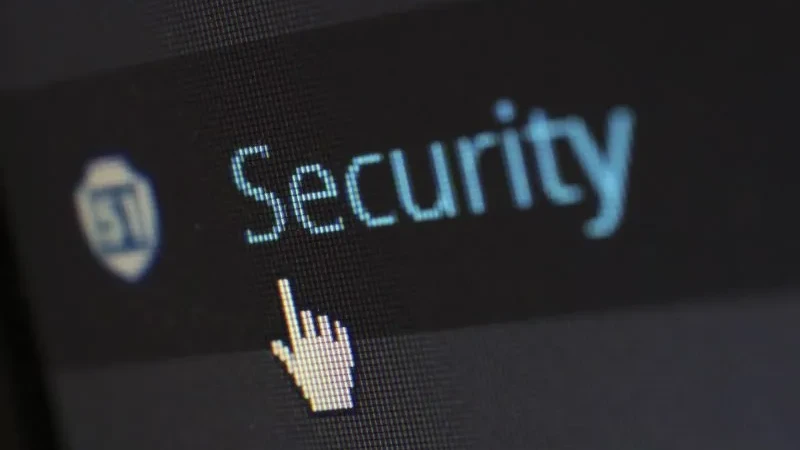Research predicts that by the end of 2025, cybercrimes are predicted to come at a cost of $10.5 trillion US dollars annually – that means that in every hour alone, cybercrimes will result in a $685 million dollar loss to the economy.
As businesses continue to store more of their data online, they become increasingly vulnerable to cybercrime and employers must take all relevant steps to ensure that their workplace’s cybersecurity is not compromised. Failing to do so can result in far-reaching consequences including loss of intellectual property, theft of important data, fraud and embezzlement and significant disruption to the business and its operations.
Additionally, if your business handles the personal data or financial information of clients, customers or employees, you are responsible for ensuring that your company meets all legislative data-protection requirements. Falling prey to cybercrimes and risking such information can also result in major legal repercussions and long-term damage to your company’s image.
Whilst there is no single method that can protect your business from all cybercrime, the following offers a guide through various strategies that will help you develop the approach most ideal for your workplace.
How to protect your business against cybercrime
1. Have your data backed up at all times
Having data backups is essential for business and not only in the context of cybercrime – data can be damaged or misplaced by unforeseen circumstances such as software corruption, computer viruses and human error. If data is lost or damaged as a result of a cyber-attack, having the ability to recover important information is necessary in ensuring that the company is able to recover and get back on track as soon as possible.
Ensuring that your data is backed up securely is not typically a costly or difficult endeavour for organisations to ensure and there are many options available.
Key features of a secure backup system to look out for include:
- Using multiple methods of backup instead of relying on one (i.e. local/portable device, cloud storage etc.)
- Daily, weekly, quarterly and yearly backups
- Access to systems is encrypted and secure for authorised personnel
- Sacable software that has the capacity to store larger amounts of data
2. Securing your devices and network system
What you incorporate in your security processes will differ according to your organisational needs. However, there are a few simple methods that all employers can use to ensure their devices and networks are adequately secured. For example, making sure that all software is updated regularly and spam filters are turned on are both simple security measures that offer protection in all workplaces.
Installing targeted security software on the equipment is another great option as it helps prevent software hacks and infections and can also be tailored or adjusted to your requirements (i.e. anti-virus, anti-spyware etc). For businesses that have large amounts of data or complex systems, firewalls are also a useful tool to consider as they filter out unnecessary traffic that can sometimes have malicious intent.
3. Encryption
Encryption essentially works by taking data and “translating” it into a form that turns it unreadable until the system is provided with the right password/code. By encrypting data before sending it over the internet, employers can limit the risk of malicious tampering or theft. Encryption also increases the amount of trust customers have, protects confidential information and improves data integrity whilst remaining an affordable option for most employers.
4. Multi-factor authentication (MFA)
Like encryption, multi-factor authentication (MFA) is a tool that helps make sure only authorised people gain access to sensitive data and company networks. It’s an easy-to-implement technique whereby security processes require individuals to provide more than one piece of evidence to help identify them – this makes it more difficult for people to gain access to your company’s network or devices. MFA is a great way to supplement password protection, especially if done so with biometrics as it creates a security level difficult to breach even if the password/code itself is compromised.
5. Requiring employees to use ‘passphrases’
Passphrases operate exactly like passwords in terms of limiting access to devices and content with confidential information, however, they are considered stronger and more secure as their format is more secure. Passphrases are a combination of different words that are not only long but also complex, unpredictable and unique. Having passphrases with requirements around their length, complexity and uniqueness pushes employees to be more conscious about the combinations they choose, contributing to greater overall password strength and effectiveness.
An alternative to passphrases is implementing password managers which automatically form long complicated passwords and store them on your behalf and this may be an option for employees who don’t want to bother with having to create new passphrases every few months.
6. Monitor equipment usage
Tracking equipment and software usage helps the organisation make sure it is not only able to trace potential threats but also track security breaches to their origin. This is essential for understanding how to prevent future cybercrime from occurring in a similar manner. Without knowing the amount or type of devices you’ve got circulating amongst employees as well as who they’re assigned to, following up on any data threats can become an unnecessarily long and/or complicated process. Making sure that employees are careful about wifi systems they use (i.e. avoiding insecure public networks), who they let use their devices and plugging in USBs/portable devices.

7. Training employees
Many employers assume that employees understand what the best practices are for preventing cybercrime and whilst this may be true for some workers, it is a misguided generalisation to make. Even for employees who have an idea of how to protect data, your organisation may have some specific requirements that are unique to you that they haven’t encountered before. Employees who are not aware of how to mitigate cyber threats pose a major risk to the security of data which is why making sure you train and educate them is absolutely important right from the onboarding process.
Some key aspects to improve their knowledge on are:
- How to choose and maintain strong, secure passwords
- Picking up on suspicious signs that suggest malicious activity
- Best practices for using any company-specific software
- First steps to take when encountering a cyber threat
- How to report any cybercrimes and threats
To conclude, the growing exposure to cyber threats poses a significant threat to the overall security of companies. Understanding what you can do as an employer to ensure that your digital systems, data and intellectual property are secured is essential towards preventing and mitigating potential cybercrime in the workplace.
Let's Get Started
Interested in learning more about how Polonious can help?
Get a free consultation or demo with one of our experts




